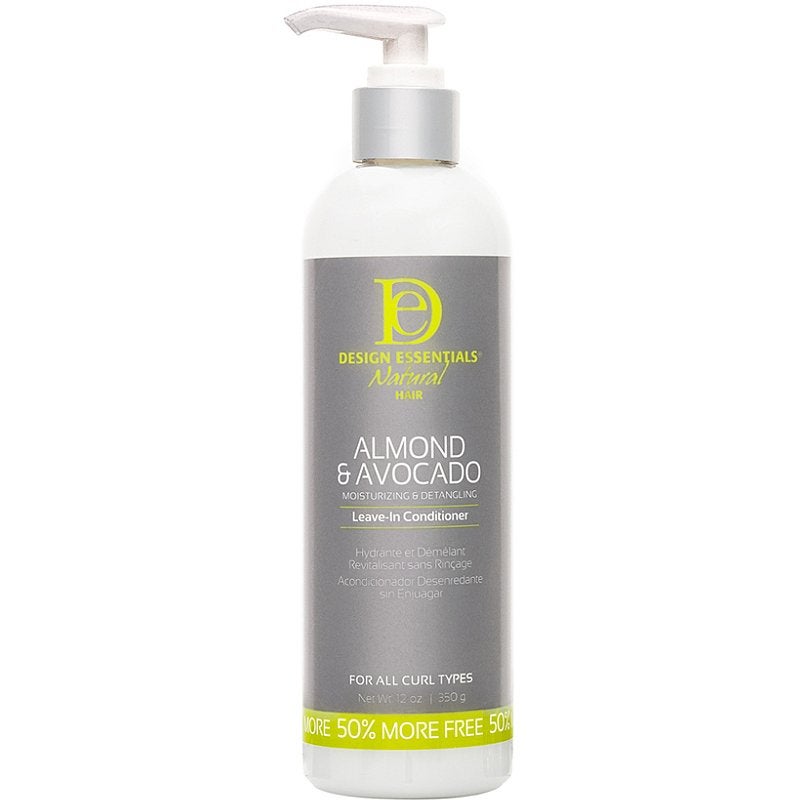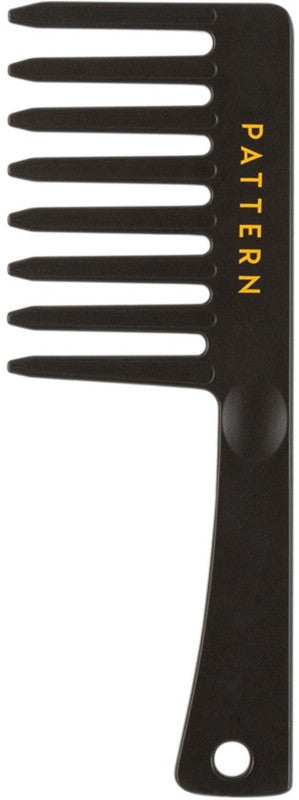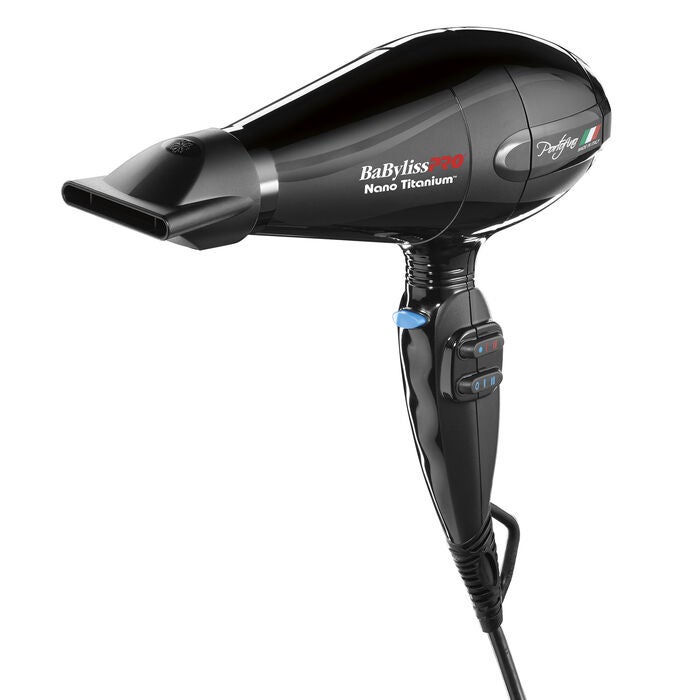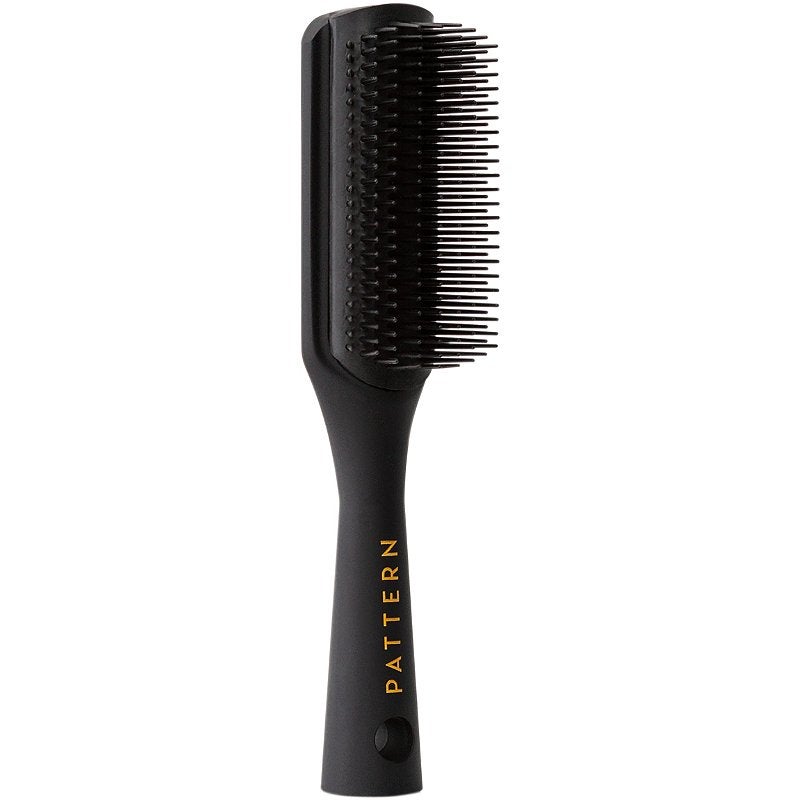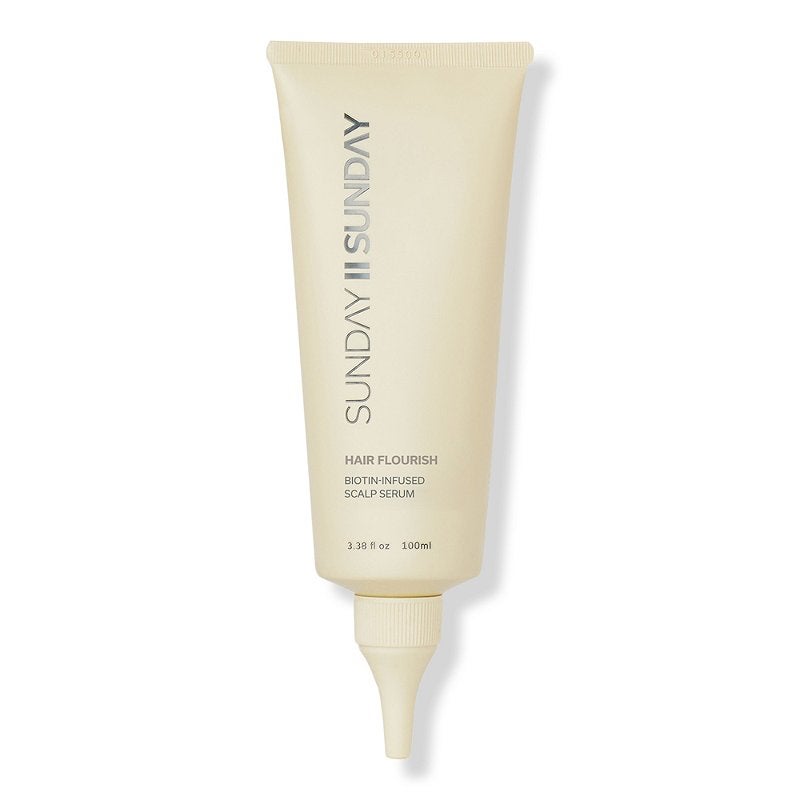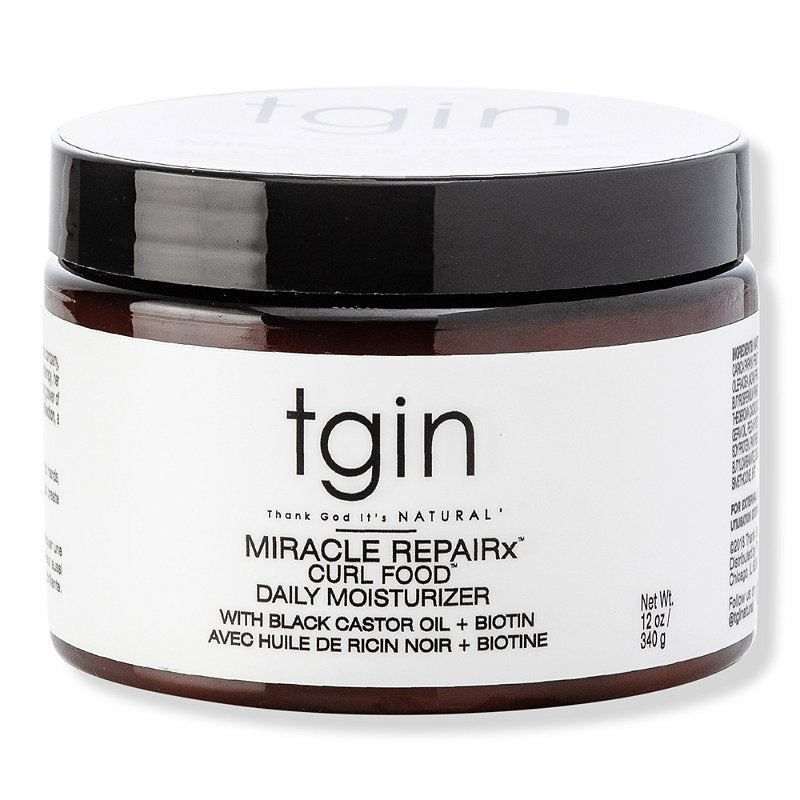The History Behind Cornrows Is More Nuanced & Complex Than You Think
"Braids are African-American culture personified," says Gabrielle Corney, a cosmetologist and celebrity hairstylist, who's quick to point out the difference between appropriating and honoring the hairstyle: Appropriating is co-opting something that's culturally significant and pretending it's your own, while honoring is about educating yourself about another culture. "A lot of people don't know [this]," she continues. "That's why conversations like this are so important."
Braids — and cornrows, in particular — have a rich history in Black culture, she explains. The style was once used as a symbol of resistance for slaves, who braided rice seeds into their hair prior to their journey of enslavement in order to possibly grow food. What's more, they were also a form of connection: "A lot of our ancestors were able to identify people from their tribes or their regions specifically from the braids they had in their hair," Corney adds.
AdvertisementADVERTISEMENT
In addition to educating yourself about the history of certain hairstyles, like cornrows, Corney says it's also essential to acknowledge where — and who — they originated from. "You can call [cornrows] anything you like. You can rename [them]. But that doesn't take away from where they [came] from," she says. "It's really harmful when people don't give us the credit that's due because we earned it and deserve it."
Corney, who learned how to braid her own hair when she was 15 years old, describes cornrows as "so much deeper than just a hairstyle. It's a connection. It's a bond that's indescribable." That's why she's an expert at creating them not only on her clients, but herself, too.
To start, she spritzes her hair with water until it's sufficiently saturated to add texture. Next, she takes a leave-in conditioner (she likes Design Essentials Almond Avocado Leave-In Conditioner) and runs it through her stands to protect and condition before detangling and blowdrying. (To detangle strands delicately, she opts for Pattern Wide Tooth Comb.)
When her hair is ready to be braided, she decides on the number of cornrows — in this case, seven — and begins the process by starting at her hairline and braiding all the way to the base of her neck, grabbing one of the three strands as she goes. Finally, she ties each braid with a small elastic band, securing it in place. "It's rhythmic," she says. "Once you get the hang of it, it's good." Watch the video, above, to learn more about the history of cornrows and see how Corney creates them.
shop 6 products
AdvertisementADVERTISEMENT








